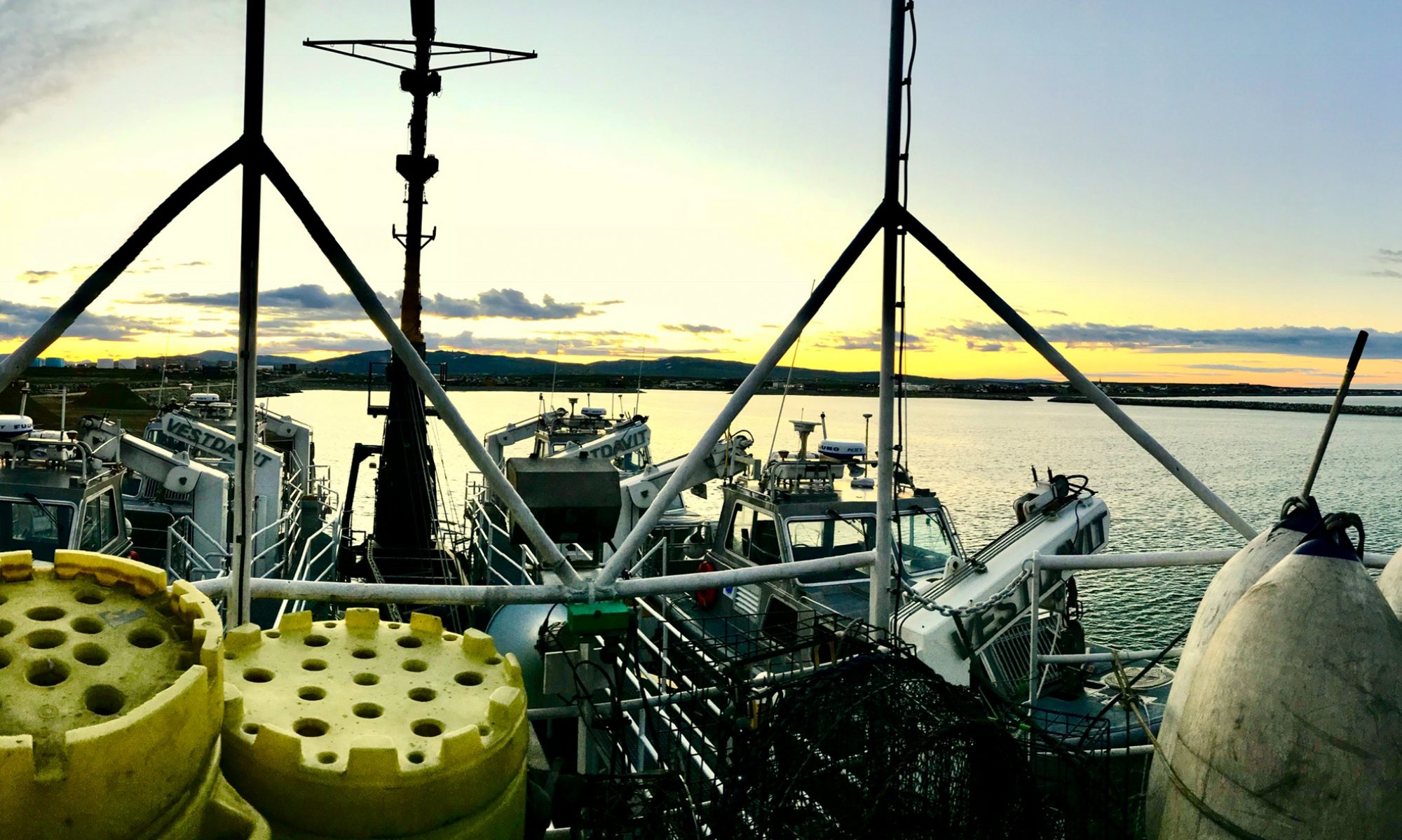NOAA Teacher at Sea
Eric Koser
Aboard NOAA Ship Rainier
June 22 – July 9, 2018
Mission: Lisianski Strait Survey, AK
Geographic Area: Southeast Alaska
Date: July 1, 2018: 0900 HRS
Weather Data From the Bridge
Lat: 58°06.8’ Long: 136°32.0’
Skies: Broken
Wind 10 kts at 220°
Visibility 10+ miles
Seas: 1 ft
Water temp: 7.2°C
Air Temp: 11.6°C Dry Bulb, 10.9°C Wet Bulb
Science and Technology Log
Aboard NOAA Ship Rainier, it takes a team to manipulate this ship. But first, much planning must occur to prepare for each day!
The FOO (Field Operations Officer) creates the plan for each day. Each evening, around dinner time, the FOO publishes the POD (Plan of the day) for the next day for everyone aboard. Here is a portion of July 1’s POD developed by FOO Ops Officer Scott Broo:

Today at 0515 was M/E Online. This is when the Engineering Department starts both 12 cylinder diesel locomotive engines–after being prepped and inspected ahead of time.
Next the Deck Department “weighed the anchor” at 0600 to get underway. Note – this term refers to when the ship holds the weight of the anchor – as it is pulled OUT of the water so we can get underway.
The principal work of Ship Rainier is hydrographic mapping. All operations here focus on creating the best charts possible of the ocean floor. As we are logging (using the MBES to take data from the ship), the plot department communicates to the bridge to indicate where they need the ship to go. The bridge can view a computer display showing the current plots the hydro team is working on – and uses this and the guidance of the hydrographic team to direct the ship. Over time, the ship covers the area of the current sheet while the hydro team captures the data from the MBES. As the process proceeds, the whole sheet gets ‘painted’ by the MBES so we have a complete chart of the bottom.

It really takes a team on the bridge to control the ship when underway. The bridge is the control room of the ship.

Imagine standing on the bridge (the room where the driving happens) and noticing who is there. From port (left) to starboard (right) we have: Navigator, Lee Helm, Helm, Lookout, and OOD.


The navigator’s job is to always be aware of where the ship is and where she is to be heading. The lee helmsperson operates the controls for the engine speed and the pitch of the props [forward or backwards]. The helmsperson turns the wheel to control the rudders or sets the helm in autopilot to steer a fixed bearing. The lookout maintains awareness of all other vessels around the ship and any potential obstacles in the ship’s path. The OOD orchestrates the whole team and is directly responsible for the motion of the ship. The OOD gives commands for any changes that are to happen to the course of the ship – and also communicates with Plot to know where they need the ship to go to create the charts.



Personal Log

The wildlife in this part of Alaska is great and easy to find. We’ve seen humpback whales, orcas, sea otters, eagles, gulls, deer, and bears. Last night as we were anchored at the end of the inlet I watched a grizzly bear on shore. I was able to use the large mounted binoculars on the flybridge affectionately called “big eyes” to take photos. I watched the bear move along the shore as a pair of eagles flew overhead.
Here are a few of the wildlife photos I’ve taken the past several days!
Here is a video of the same bear lumbering along the shoreline in the evening.
Questions to Ponder
Why do you suppose the shoreline window for launch boats to conduct hydrographic surveys matches up to the times of the lowest tide of the day?
What role does the tide play in creating accurate charts of the sea floor?
How can a ship or launch make an accurate map of the seafloor if the vessel is constantly changing pitch, yaw, and role as it moves in the waves?
[There is a system to account for this!]
Who can access the charts created by NOAA? Anyone!
The United States is the only country to provide freely available navigational charts to anyone. Visit charts.noaa.gov to see what these look like!

